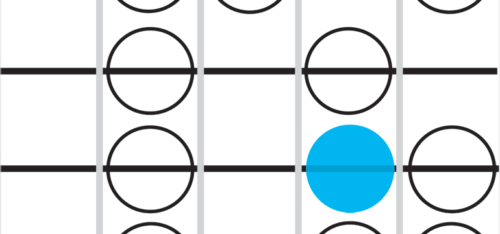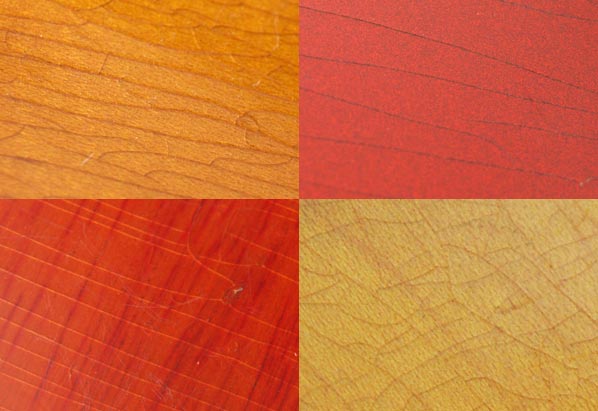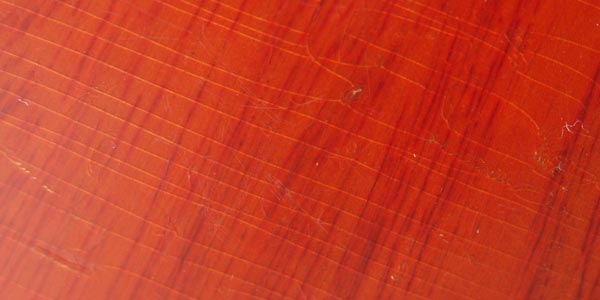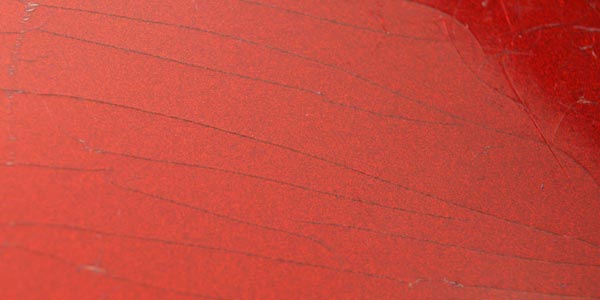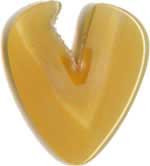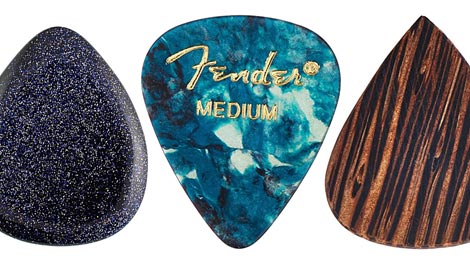Why A Pick?
A guitar pick, or plectrum is used to pluck, or strum guitar strings; to improve sound, allow faster strumming, and reduce injury on fingers. You can just use your fingers, especially for picking, but a pick gives far more bite to notes, and hurts a lot less. There are many types of guitar picks to choose from: different materials, shapes, as well as sizes and colors. Some guitar picks are even used for special purposes, such as a double-sided pick for “double plucking.” This article explores some of the diffent types.
Different types of Guitar Pick
Guitar picks are commonly made out of plastic, but also wood, bone, amber, rubber, felt, tortoiseshell, stone, metals, and even gemstones. Each of the materials has it’s own unique sound, but also properties such as ease of grip, price, and durability. There is no one type to suit all players – playing style, and desired tone are important when choosing. For instance, metal has a very distinct bright sound when plucked against a guitar string and makes for great piercing solos – but offers little grip. It can also damage a guitars finish if played too aggressively. Wood picks are cheap, with great grip, nice attack, and a full woody sound – great for jazz. Actually woods tonal qualities can vary hugely from species to species, and as they are so cheap, buying a selection of different types is quite affordable. Tortoiseshell was historically one of the best materials in terms of grip and tone, although an international ban on tortoise shell (rightly so) led to the creation of Tortex picks, which are a pretty good all round replacement. Leather picks offer a rather mellow muted sound great for strumming chords, but too flexible when playing individual notes.
Choosing your most suited material is a matter of trying them all out, and deciding on which sound and grip works for your playing style – whether it be metal, blues, or jazz. Many players have a selection of picks, using different ones at different times. If all else fails, weird guitar picks aren’t unheard of – from bone, to an Allen wrench – just about anything can become a useable plectrum!

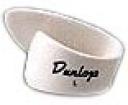

Figure 1 – Traditional picks, a thumb pick, and a triangle pick example
Continue reading Guitar Picks

